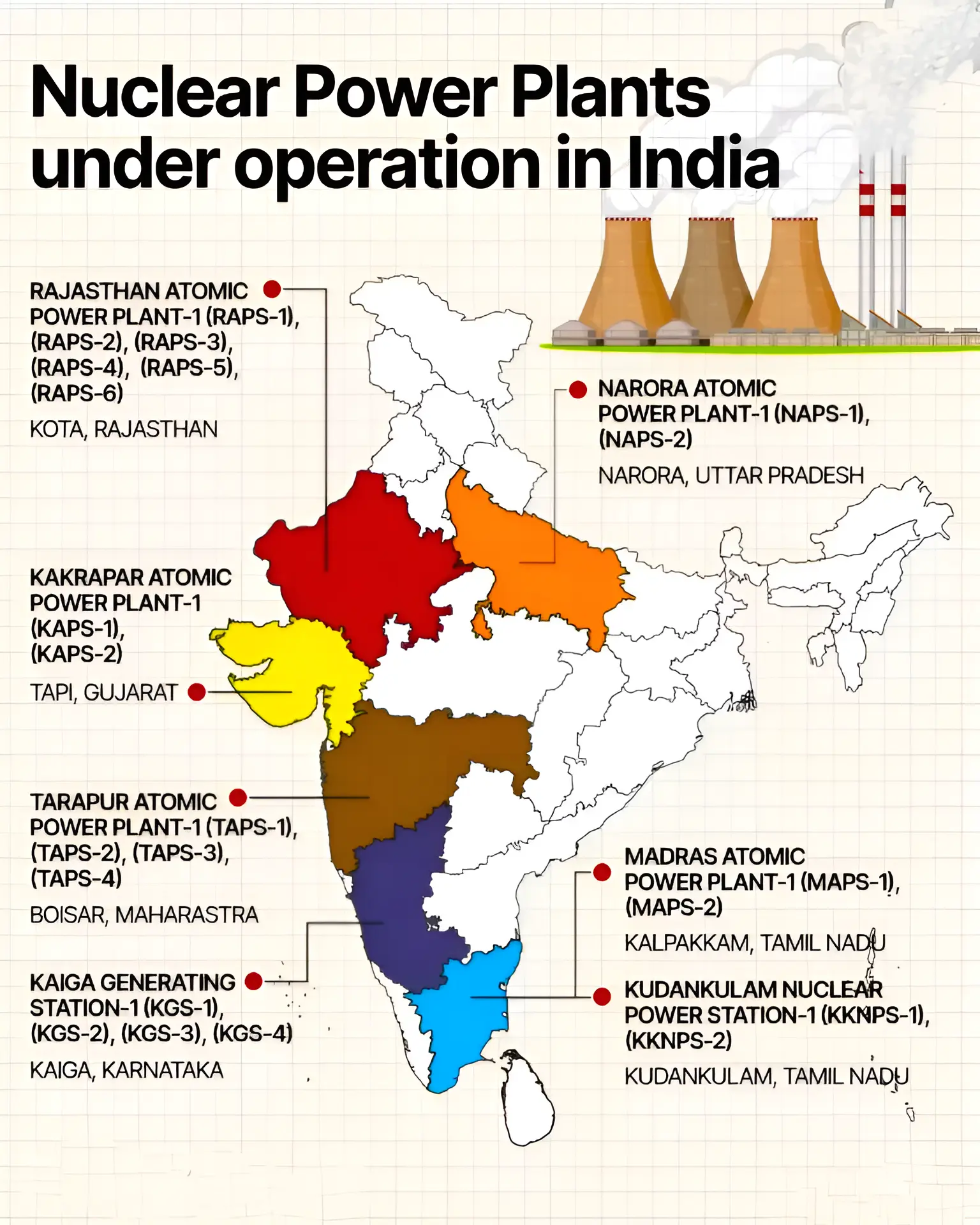![]() 1 Apr 2024
1 Apr 2024
Recently, the first-ever Nuclear Energy Summit 2024 was held in Brussels (Belgium).
About International Atomic Energy Agency
|
|---|

| Must Read | |
| NCERT Notes For UPSC | UPSC Daily Current Affairs |
| UPSC Blogs | UPSC Daily Editorials |
| Daily Current Affairs Quiz | Daily Main Answer Writing |
| UPSC Mains Previous Year Papers | UPSC Test Series 2024 |

<div class="new-fform">
</div>